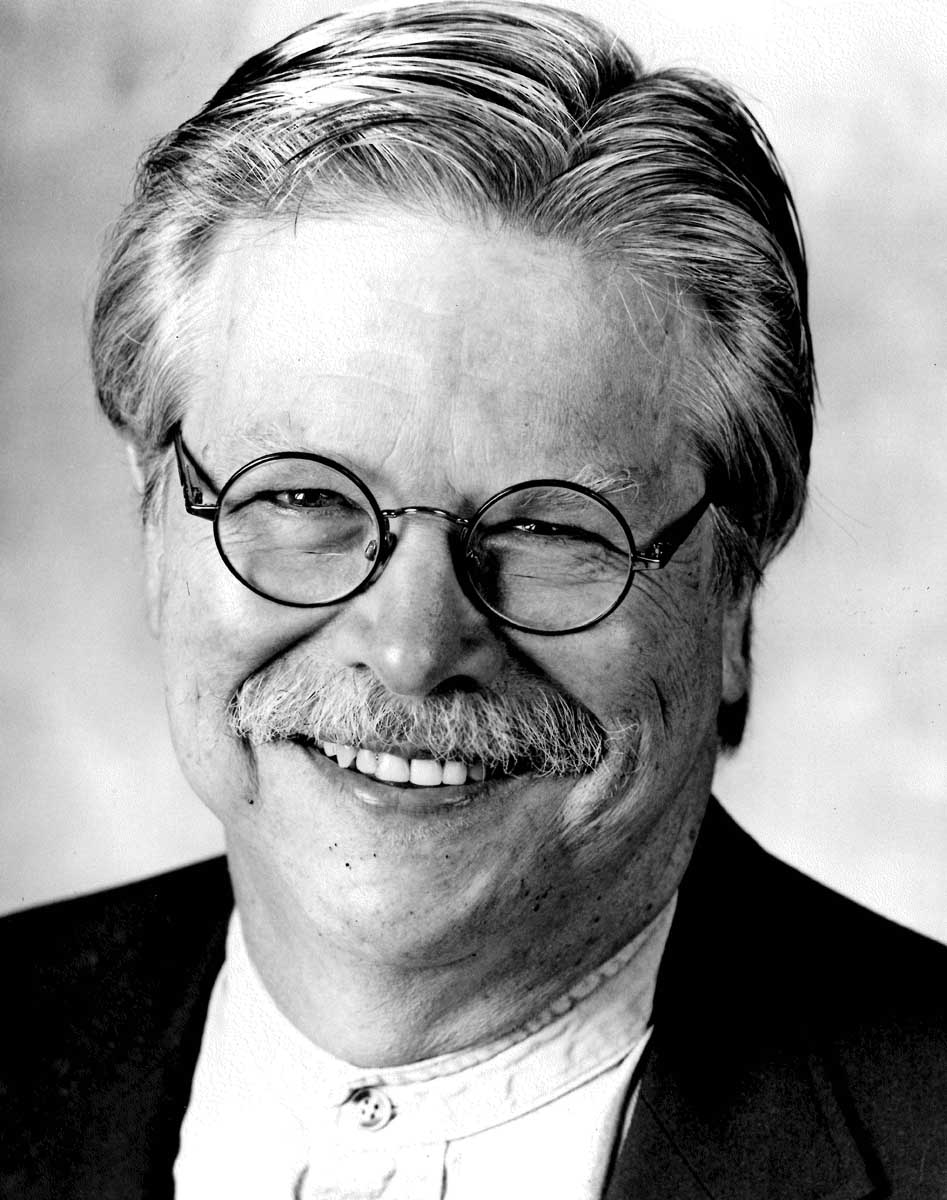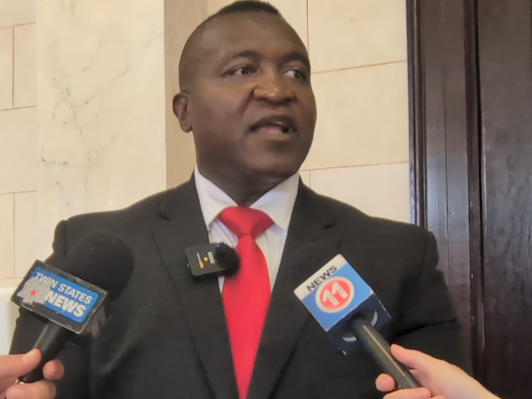Prices of food, gas, and more surge as Fed sits still
Published 8:15 am Monday, June 28, 2021
The price of boneless, skinless chicken breasts has more than doubled since the beginning of the year and wing prices have hit records reported the Wall Street Journal. The average price for a pound of bacon jumped 7% since January reported NBC News. Beef prices have also surged.
Regular gasoline prices in the Gulf Coast area are up nearly $1 over last year according to the U.S. Energy Information Administration. Tom Kloza at the Oil Price Information Service believes that come this fall drivers could pay the highest gasoline prices in nine years.
Trending
The average price for used vehicles hit an all-time high in May according to Kelley Blue Book. The average new car price jumped 7.9% in May according to the U.S. Bureau of Labor Statistics (BLS).
Airline fares increased 7% and car and truck rental prices jumped 12.1% reported CNN. Timber prices have increased over 250% during the past year reported Business Insider.
Overall, year over year inflation hit 5% in May, up 8.2% over three months according to the BLS data.
Meanwhile, interest rates for CDs (at record lows) and money market funds scarcely budged. And mortgage rates just creeped up a little.
Huh?
Normally such inflation would send interest rates soaring. Indeed, that’s the way a free market system works.
Trending
But not now, because the Federal Reserve is stepping in to keep rates artificially low.
“Though the inflation readings are well above anything seen since the 2008-09 financial crisis, the Federal Reserve has been largely dismissive of the numbers,” reported CNBC. “Central bank officials believe the current rise is due to temporary factors that will abate as the year goes on.”
Indeed, at its June 15-16 meeting the Federal Open Market Committee announced there would be no change in its policies.
What are those policies? In simple terms they are freezing the federal funds rate between 0% and 0.25% and buying up Treasury securities and mortgage bonds at the rate of $120 billion a month to keep those rates low.
Another policy has been to hold inflation down to 2%. Normally, when inflation surges the Fed increases interest rates to tamp down surging prices. Not this time. The Fed changed its policy to allow inflation to surge with the hope that it will eventually ease and average around 2% over a multi-year period. (Note: declining inflation does not mean prices will decline.)
That’s a risky bet. “Investors need to consider the possibility that the Fed is wrong,” reported the Wall Street Journal. “The risk that inflation continues to overshoot is clearly much higher than usual.” Prolonged low interest rates can also create a “monster bubble,” Forbes warned early this year.
Whatever, inflation is the great enemy of the elderly and working poor with limited incomes as it quickly erodes purchasing power.
“We used to buy this stuff for $30,” one grocery shopper told NBC News. “Now it’s $60.”
More trillions in spending from Washington won’t address this either, but will likely push inflation higher.
“The rich rules over the poor, and the borrower becomes the lender’s slave” – Proverbs 22:7.
Crawford is a syndicated columnist from Jackson.





